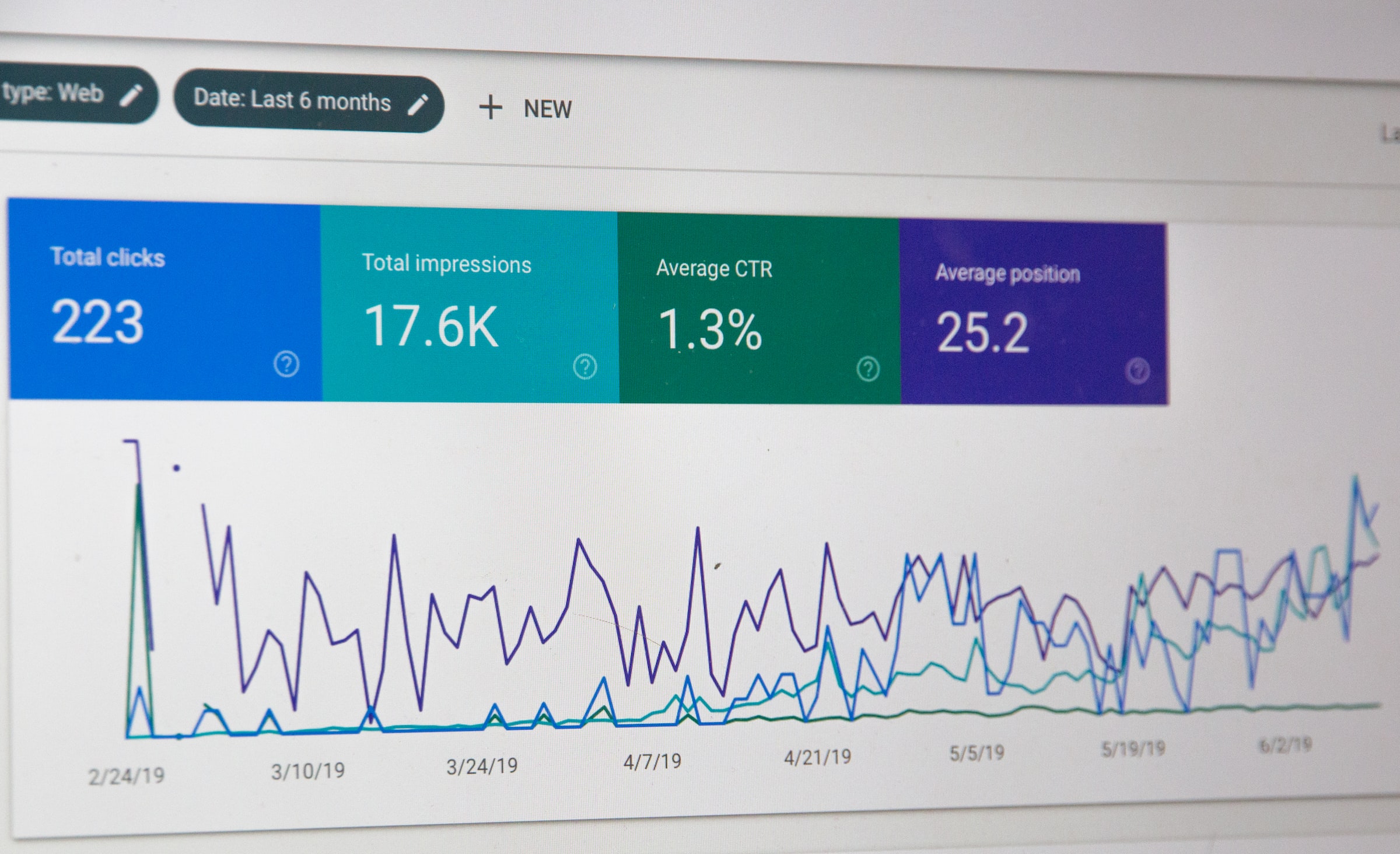It’s no secret that in today’s digital world, websites are critical components of success. That’s why it’s important to have reliable tools for website monitoring to ensure your site is running optimally and performing well. As technology advances and the demand for faster, better-performing websites increases so too does the need for powerful website monitoring tools. From uptime monitoring to performance analytics and more, there is an abundance of options out there for website owners who want to ensure their sites are operating as they should. In this post, we’ll explore the top 5 tools available for website monitoring and how they can help you stay ahead of any potential issues with your site.

Table of Contents
Google Analytics
Google Analytics is a free web analytics service that tracks and reports website traffic. It can be used to track any type of website, from a personal blog to a corporate website. Google Analytics is the most widely used web analytics service on the internet.
Google Analytics provides a lot of data about your website traffic, including:
- The number of visitors to your website
- The number of pageviews on your website
- The average time spent on your website
- The bounce rate of your website (the percentage of visitors who leave after viewing only one page)
- The source of your website traffic (e.g. direct, referrals, organic search, etc.)
Google Analytics also allows you to track conversion goals, such as sales or signups. You can view detailed reports about your goal conversions and see which pages and traffic sources are driving the most conversions.
Nagios
Nagios is one of the most popular tools for website monitoring. It is open-source software that can be used to monitor systems, networks, and infrastructure. Nagios can be used to monitor websites, servers, applications, and services. It can also be used to monitor critical system components such as routers, switches, and firewalls. Nagios is a powerful tool that can be used to identify and resolve problems before they cause downtime or service disruptions.
Pingdom
Pingdom – This is a cloud-based website monitoring tool that helps you check the uptime and performance of your website. It also provides you with insights on how to improve your website’s speed and performance.
Pingdom allows you to set up automated checks on your website so that you can be sure that it’s working correctly. It will send you an alert if there are any problems with your website, and it can even help diagnose the issues.
Pingdom also provides detailed reports and analytics on how your website is performing. This data can be used to identify areas where improvements can be made, as well as monitor changes over time.
Finally, Pingdom also allows you to monitor third-party services such as DNS providers and CDNs, helping you ensure that your website is functioning optimally.
Datadog
Datadog is a monitoring service that gives you visibility into the performance of your website and its underlying infrastructure. It helps you identify and resolve issues before they impact your users.
It integrates with popular web frameworks and applications, making it easy to get started. It also has a rich set of features, including built-in dashboards and alerts, that give you deep insights into your website’s performance.
Datadog is used by some of the world’s largest websites, including Facebook, Netflix, and Uber. And it’s trusted by leading DevOps teams to help them troubleshoot and optimize their web applications.
If you’re looking for a comprehensive monitoring solution for your website, Datadog is a great option to consider.
AppDynamics
AppDynamics is a website monitoring tool that provides insights into the performance of web applications. It helps developers identify and diagnose issues with their web apps, and provides performance metrics to help them optimize their apps. AppDynamics also offers a variety of features to help businesses monitor and manage their web apps, including application maps, custom dashboards, and integration with third-party tools.
AppDynamics features include:
- Application performance monitoring – AppDynamics monitors the performance of web applications in real time, providing insights into page load times, user sessions, and other key metrics.
- Custom dashboards – AppDynamics allows developers to customize their dashboards with relevant data, so they can quickly identify any issues or areas for improvement.
- Application maps – By visualizing application architecture, AppDynamics makes it easier for teams to identify bottlenecks and drill down into problematic code.
- Integration with third-party tools – AppDynamics integrates with popular development tools, such as GitHub and JIRA, making it easier for teams to collaborate on debugging and optimization efforts.
Which tool is right for you?

There are many website monitoring tools available, each with different features. To choose the right tool for you, consider your needs and budget.
Some website monitoring tools are free, while others come with a monthly or yearly fee. The most basic website monitoring tools simply check to see if your website is online and accessible. More advanced tools can track server response times, uptime, and downtime.
Some website monitoring tools are designed for specific types of websites, such as e-commerce sites or WordPress sites. Others can be used for any type of website. When choosing a website monitoring tool, make sure it will work with your type of site.
To get the most out of a website monitoring tool, look for one that offers features like alerts, reporting, and integration with other tools. Alerts let you know immediately if there’s a problem with your website. Reporting gives you insights into how your site is performing over time. The integration allows you to connect your website data with other data sources for even more insights.
The right website monitoring tool depends on your specific needs and budget. Consider what features are most important to you and compare prices before making a final decision.
Conclusion
Website monitoring is an essential process in ensuring that your site remains up and running with the least amount of downtime. The five tools we’ve listed above are great options if you’re looking to monitor a website, as they offer easy setup, comprehensive reporting, and reliable performance. No matter which tool you choose, website monitoring will help make sure your site performs optimally and stays online all the time.




